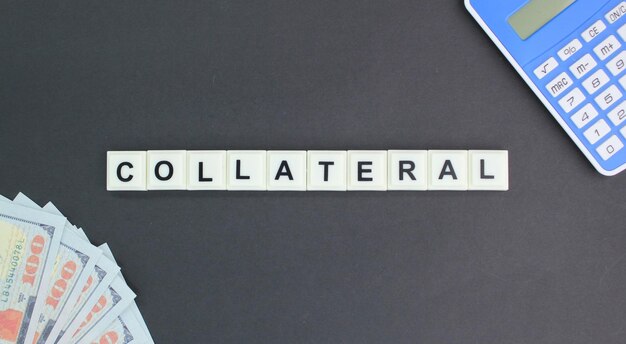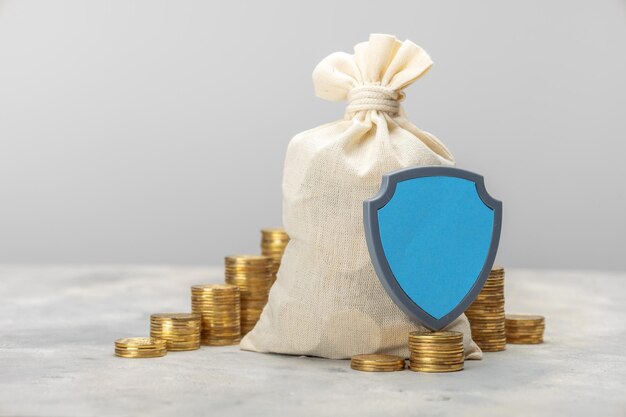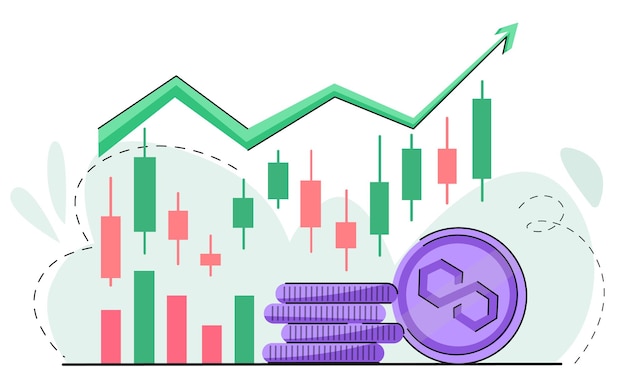The Role Of Collateral In Securing Loans With Bad Credit
3 Mins Read
Published on: 20 November 2023
Last Updated on: 21 March 2025

toc impalement
Navigating the world of finance with bad credit can be daunting.
Bad credit often limits access to traditional loan options, making it difficult for individuals to find financial solutions during times of need. However, collateral offers a viable path to securing loans even with a less-than-perfect credit score.
This post delves into the role of collateral in securing loans for those with bad credit, highlighting its significance, types, and implications.
1. Collateral As A Key To Unlocking Bad Credit
For many, personal loans with bad credit are a critical lifeline. Collateral can play a pivotal role in securing these loans. By offering an asset as security, borrowers can reassure lenders of their commitment and capability to repay the loan. This security often results in more favorable loan terms, such as lower interest rates and higher borrowing limits, compared to unsecured loans.
» Types of Collateral for Personal Loans
Common forms of collateral include real estate, vehicles, savings accounts, and sometimes, high-value items like jewelry or art. The key is to offer an asset that matches or exceeds the value of the loan, providing a safety net for the lender.
2. Mitigating Lender’s Risk: How Collateral Offers Assurance
» Lowering Perceived Risk
With bad credit, the borrower’s financial history poses a risk to lenders. Collateral minimizes this risk by providing a tangible guarantee. Should the borrower default, the lender has the right to seize the collateral, reducing potential losses.
» Impact on Loan Approval and Terms
Collateral often leads to easier loan approvals and more favorable terms. Lenders are more willing to negotiate on interest rates and repayment schedules when an asset backs the loan, making it a strategic move for borrowers with poor credit.
3. The Dual Role Of Collateral: Protection And Responsibility

» Borrower’s Protection
While collateral reduces the lender’s risk, it also protects the borrower. By leveraging an asset, borrowers with bad credit can access funds that might otherwise be inaccessible, aiding in financial emergencies or opportunities.
» The Weight of Responsibility
However, offering collateral is not without risk. Borrowers must understand the gravity of putting an asset on the line. Failure to repay the loan can result in losing the collateral, which can be devastating, particularly if it’s a primary residence or life savings.
4. Strategies For Choosing The Right Collateral
» Assessing Asset Value
Selecting the right collateral involves evaluating the asset’s current market value and its importance to the borrower’s personal or financial life. Ideally, the collateral should be something the borrower can afford to lose, if worst comes to worst.
» Diversifying Risk
Diversifying the types of collateral can also be a wise strategy. This might involve using a combination of smaller assets rather than one significant asset, spreading the risk.
5. Legal Considerations And Rights
» Understanding the Fine Print
Before agreeing to a collateral-based loan, it’s crucial to understand the legal implications. This includes the terms of asset seizure and any additional fees or penalties.
» Borrower’s Rights
Borrowers should be aware of their rights regarding collateral. This includes the right to fair valuation of the asset and the process of seizure, which should be outlined in the loan agreement.
In Conclusion
Collateral can be a powerful tool for individuals with bad credit-seeking loans. It not only facilitates access to necessary funds but also potentially improves the terms of the loan.
However, it’s essential to approach collateral with a clear understanding of the risks and responsibilities involved. By making informed decisions and understanding the legalities, borrowers can leverage their assets to navigate financial challenges despite having bad credit.
Read Also:


















Comments Are Closed For This Article